What is the gouache ratio of hand-made coffee? A course on the proportion of water injection in each stage of hand-brewed coffee
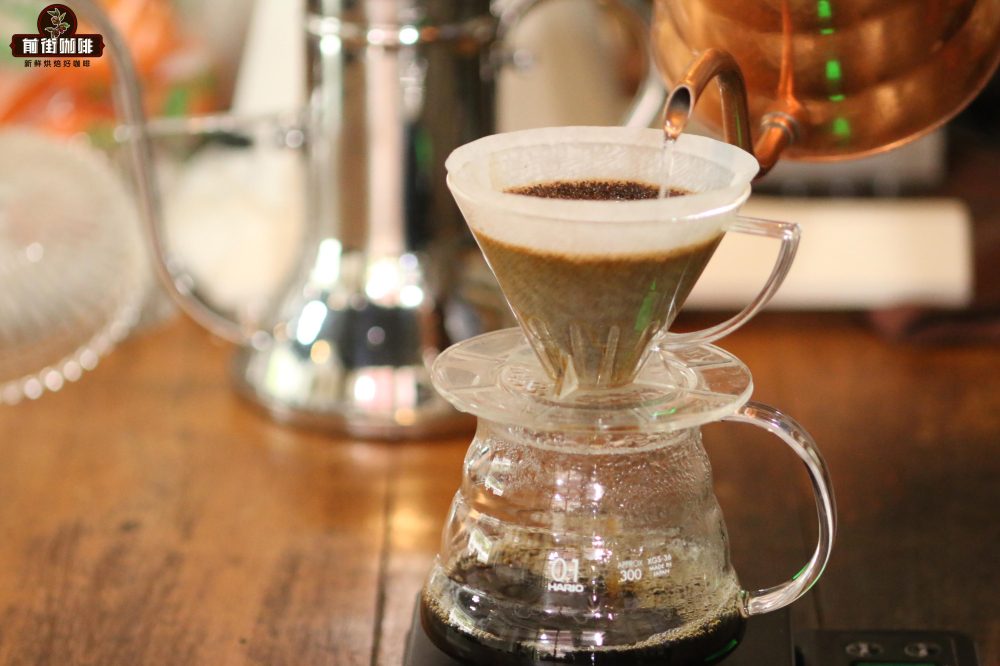
I don't know when we first learned about hand-brewed coffee. Qianjie entered a cafe one day and saw the barista pour water into the coffee powder in the filter cup, and then got a cup of fragrant black coffee. I felt very magical, so I fell into the charm of hand-brewed coffee.
What do you mean by hand coffee?
Coffee beans will undergo a series of chemical reactions after high temperature roasting to generate various aromatic substances. We brew coffee by using water and utensils to release these aromatic components. Hand brewed coffee first grinds coffee beans into powder and then injects hot water into contact with the powder layer to "dissolve" the substances in the coffee. In fact, the use of filter cups with filter paper or other tools to filter coffee grounds, do not let them enter the next pot together, you can get a clear taste of black coffee.
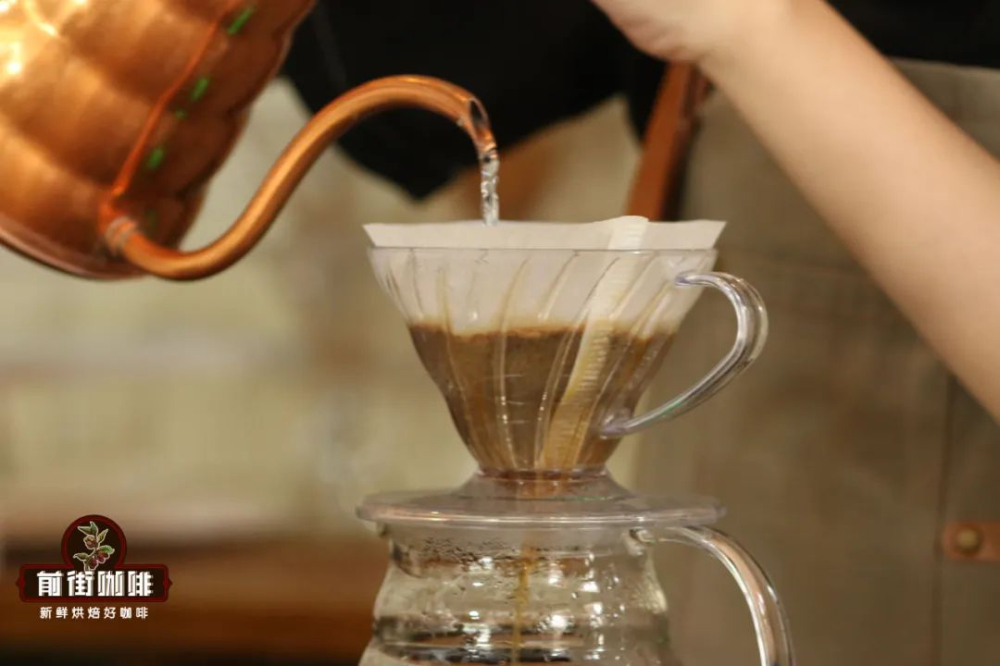
To know that from bean selection to extraction, every link and step has more or less influence on the flavor of brewed coffee. Therefore, if you want to brew a cup of hand-brewed coffee, talk about the brewing experience of the former street. In addition to high-quality coffee beans, the former street thinks that at least these appliances are needed: a hand-brewed pot for filling water, a filter cup and filter paper for filtering coffee grounds, a sharing pot, a grinder for grinding coffee beans, an electronic scale for recording the amount of water and time, and a thermometer for measuring the temperature of water.
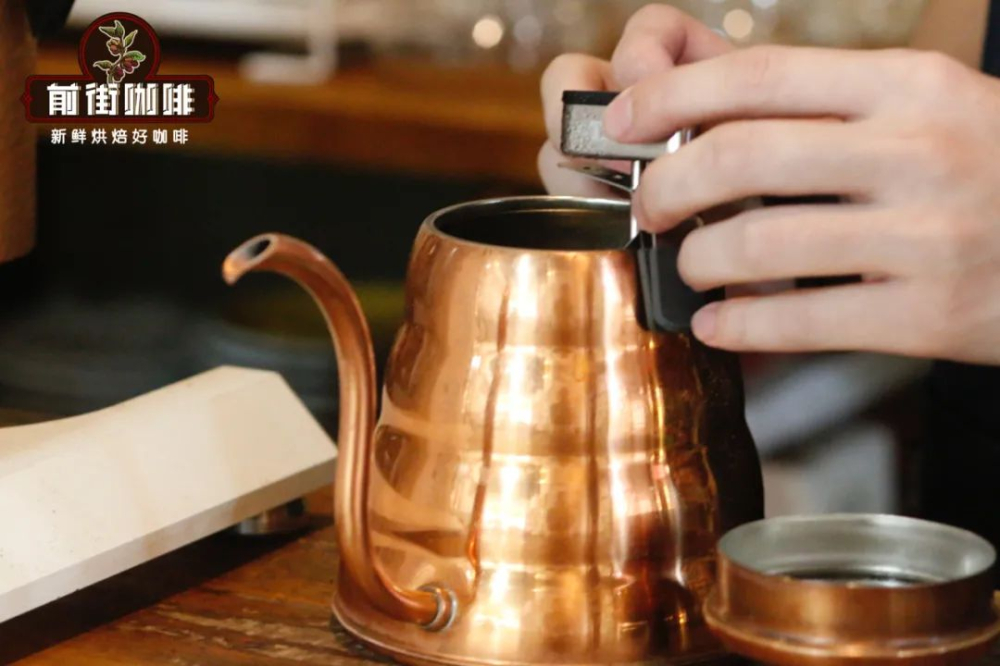
Of course, good coffee cannot be separated from good raw materials_high-quality coffee beans. Qianjie recommends that you choose coffee beans in the best taste stage 4-30 days after roasting date, which is more conducive to stable extraction and fuller flavor of hand-brewed coffee. In order to ensure the freshness of coffee beans, the coffee beans delivered in the front street are freshly roasted within 5 days, usually 1~3 days to receive, so that everyone gets coffee beans are almost in the best taste period, you can start to study how to extract.
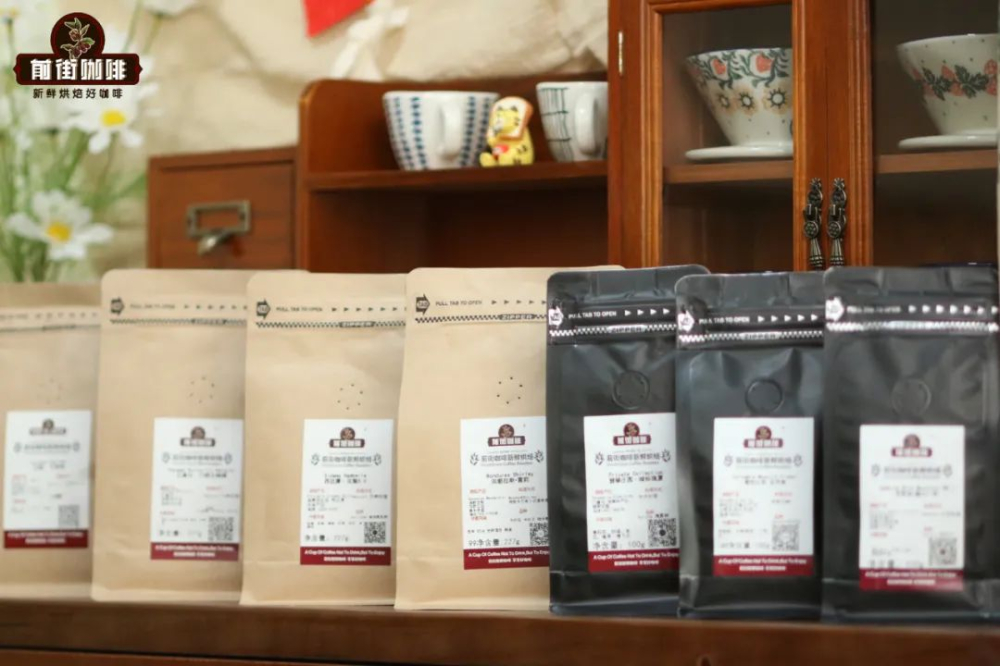
What is the proportion of hand washing powder and water? And how do you calculate it?
The so-called powder-water ratio is the ratio of coffee powder to total water volume, which can directly affect the concentration of coffee. No matter which brewing method is used, the powder-water ratio will be determined before extraction. For example, Qianjie stores generally use a single cup of 15 grams of coffee powder, 1:15 ratio of powder to water, that is, a total of 225ml of hot water.

Other parameters being constant, the more water injected, the lower the coffee concentration, the more dispersed the flavor; the less water injected, the higher the concentration, the more concentrated and thick the coffee flavor. In addition, the more water injection, the higher the extraction rate of coffee, get more soluble substances. (The extraction rate is the proportion of soluble substances in coffee powder) The later the water injection, the extraction efficiency will continue to decrease, but also release bad bitter substances, thus affecting the taste of the final coffee. Therefore, we need to find the right proportion of powder and water in coffee in order to adjust the best concentration and extraction rate.
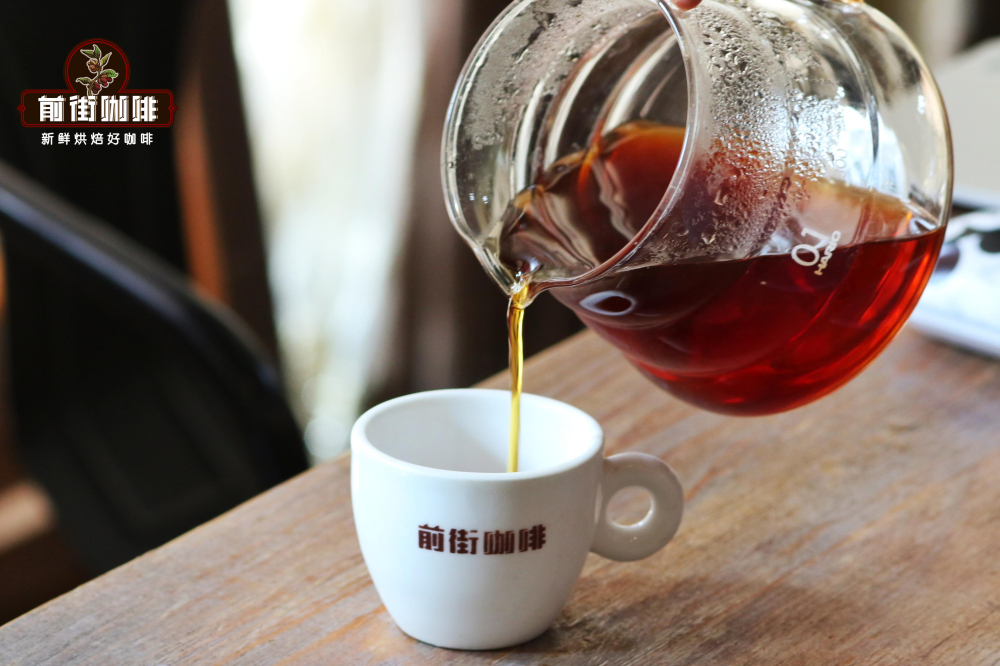
Why inject water in stages?
Usually we will see baristas who pause in the middle of the water when pouring water, and then continue to add water. This is a staged extraction.
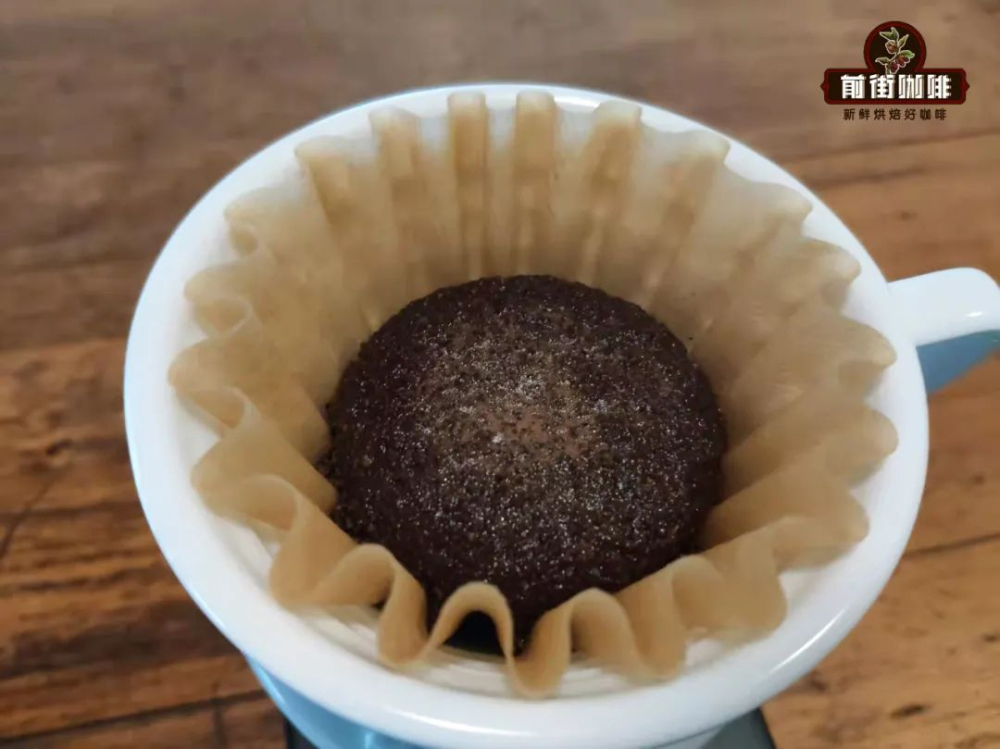
In the first stage, a small amount of hot water will be injected to wet the coffee powder, in order to exhaust the internal gas, so as not to affect the subsequent stages of extraction, this step is called "stewing". The most common stewing method is to inject twice the amount of coffee powder and steam for 30 seconds. For example, 15 grams of coffee powder in the front street is stewed with 30ml of water. This is also the easiest "stewing formula" for beginners to brew. For example, if the water injection after stewing is divided into two sections, then the stewing is a total of "three-stage water injection", and so on; if the water injection after stewing is not stopped, but is completed in one pass, it is called "one knife flow".
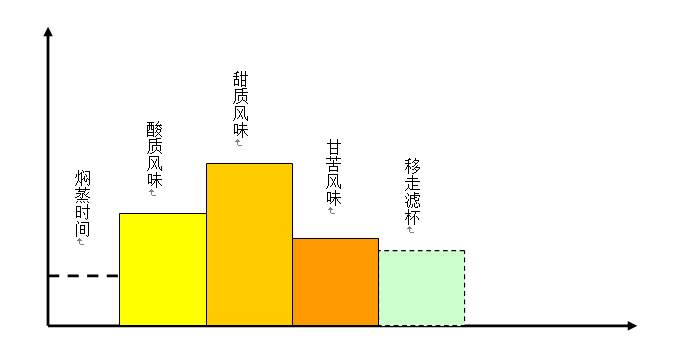
The reason why the barista will use staged extraction, because the extraction rate of different substances in coffee is different in the process of hand brewing, and the order of flavor released by high temperature hot water is sour, sweet and bitter. In addition to the steaming-stage, the more the number of stages, the less the amount of water injected into each stage, the more the times of flushing and stirring the powder layer, and the higher the extraction rate.
In addition, the increase of the number of stages will prolong the total extraction time, and the more coffee substances released in each stage, the richer the flavor level will be. However, Qianjie should remind everyone that the more segments, the longer the operation time, increasing the risk of over-extraction. The large molecular substances in the latter coffee are more easily released, and the sweet feeling is masked instead. It can be seen from this that the more water injection, the better. So how should the segmented water injection be calculated?
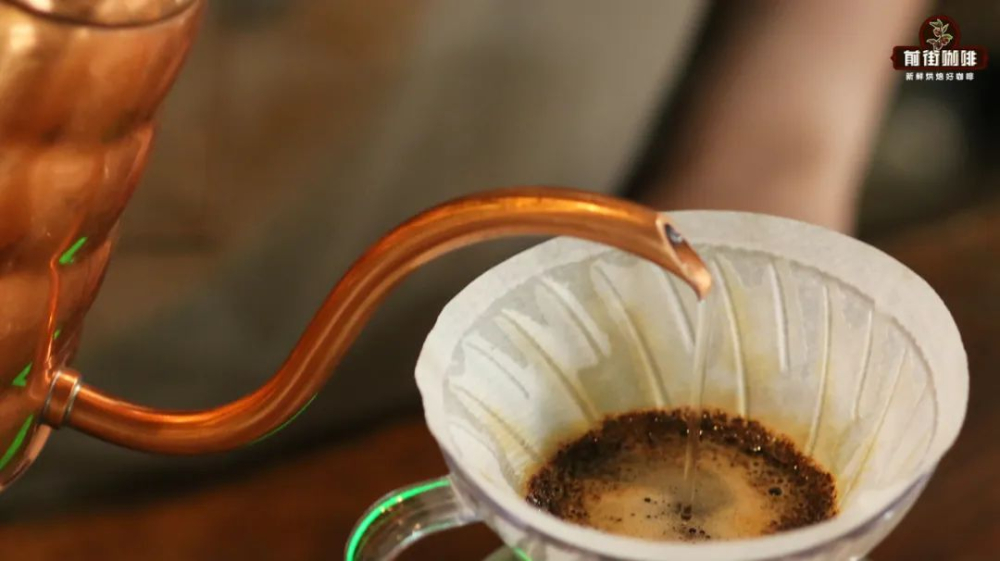
Universal three-stage hand punch
Based on previous brewing experience, Qianjie recommends that newcomers adopt a three-stage water injection method. Three-stage extraction is beneficial to more fully dissolve flavor substances during extraction, increase the taste level, and avoid excessive extraction of coffee due to long soaking time.
If 15 grams of coffee powder, 1:15 powder-water ratio, 225ml of total water, three parts of water: 30ml, 95ml, 100ml, the weight on the electronic scale is displayed: 30g, 125g, 225g.
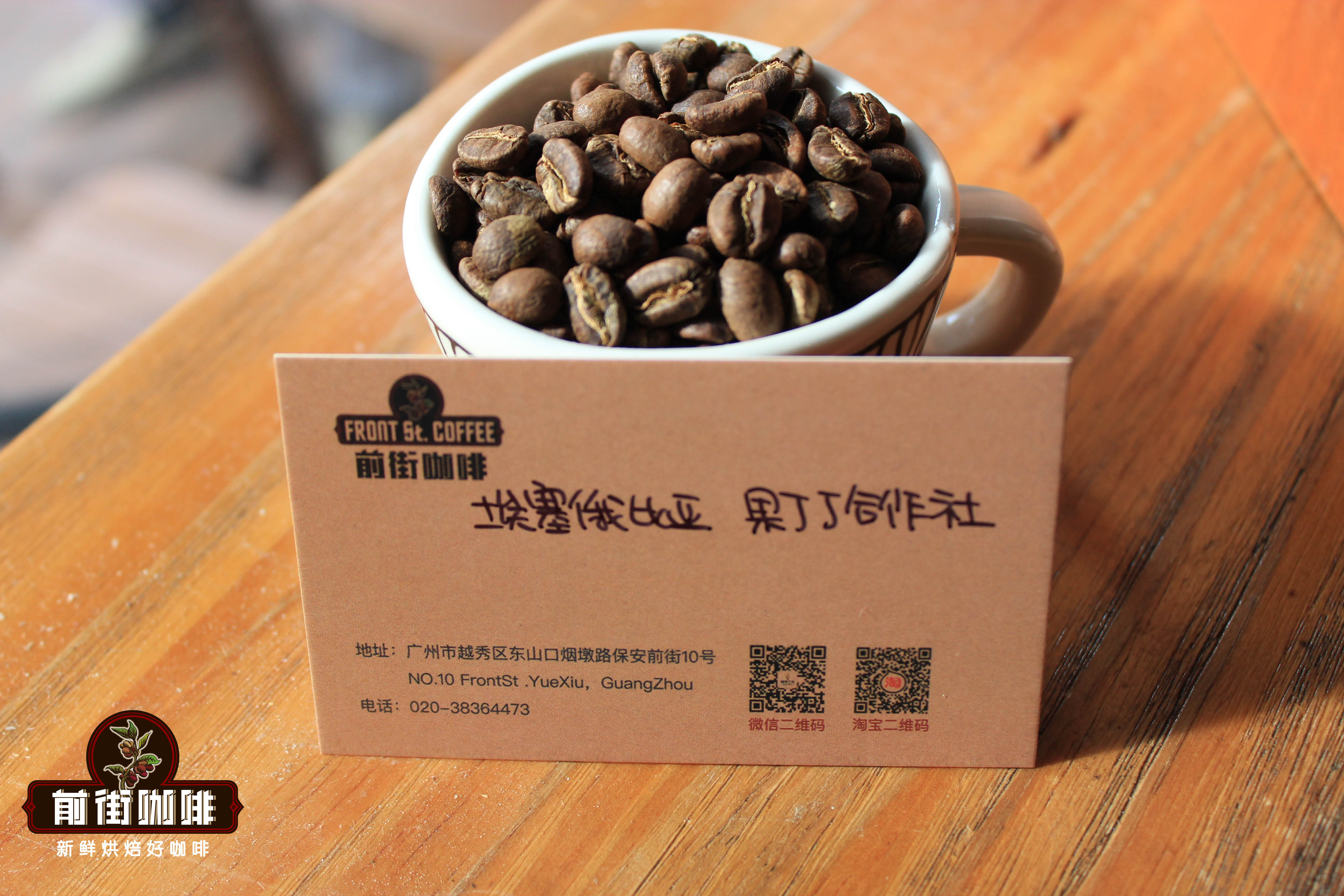
Here, Front Street uses home-baked, washed Yerga Sheffi Co-op coffee beans, brewed with Hario V60 filter cups. The spiral design of V60 can make coffee powder better exhaust, maximize the activation of the volatilization and dissolution of acid aroma substances. Due to the light roasting of yejia sherry, the coffee beans have a hard texture and require hot water at 92℃-93℃ to stimulate the floral and fruity flavors of coffee.
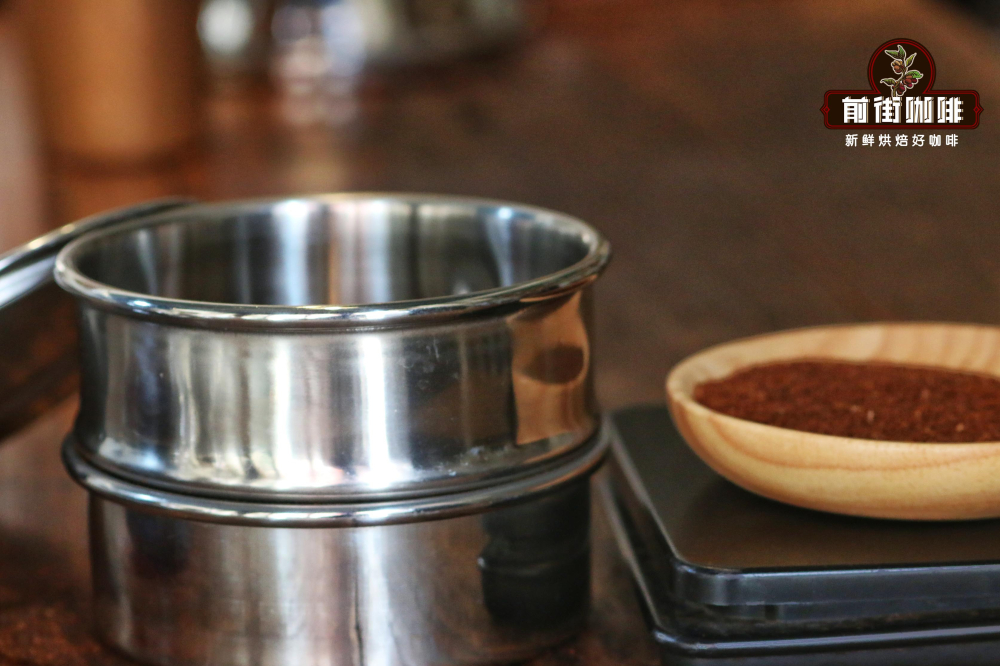
Grind degree The former street recommends medium and fine grinding degree (78% of the pass rate of No.20 sieve in China standard), which is similar to the thickness of fine granulated sugar. Grinding too coarse can not extract mellow flavor substances, brewed coffee will appear thin; particles too fine easy to over-extract at high water temperature, brewed coffee easy to appear bitter.
In terms of brewing ratio, Qianjie thinks 1:15~1:16 is OK, if you want to taste more rich, use 1:15, if you want to feel the flower sweet feeling more clearly, you can use 1:16, so that the flavor is more dispersed.
Put the folded filter paper into the filter cup first, pour 15 grams of ground coffee powder into the filter cup, and reset the weight of the electronic scale.
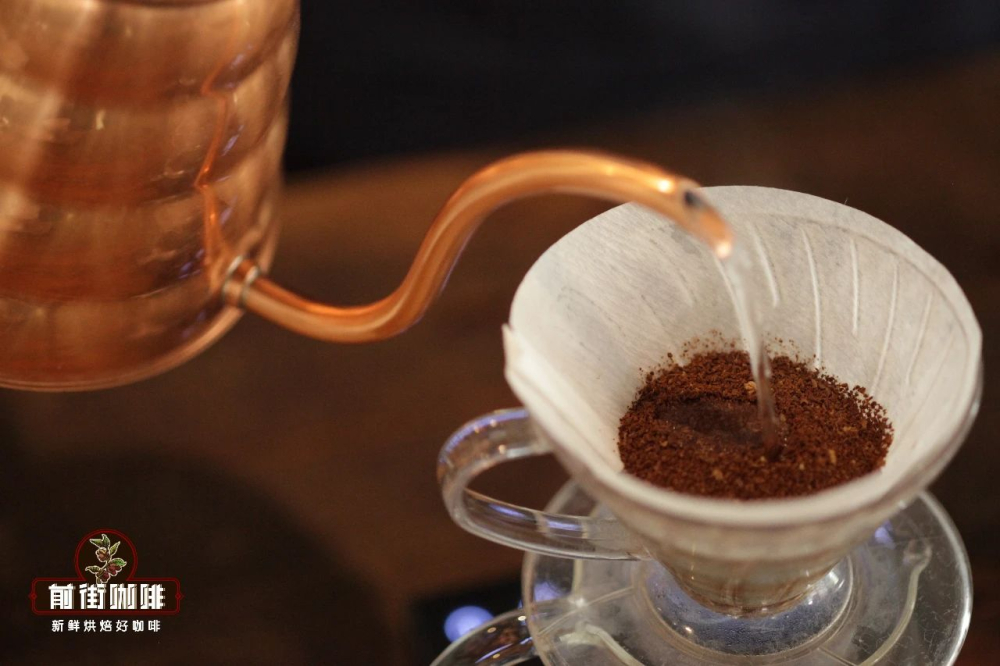
30g water is injected into the first stage for stewing for 30s, and the timing starts at the same time of water injection. The injection of small water flow center point in the whole process starts to circle outward, and attention should be paid to wetting the whole powder layer.
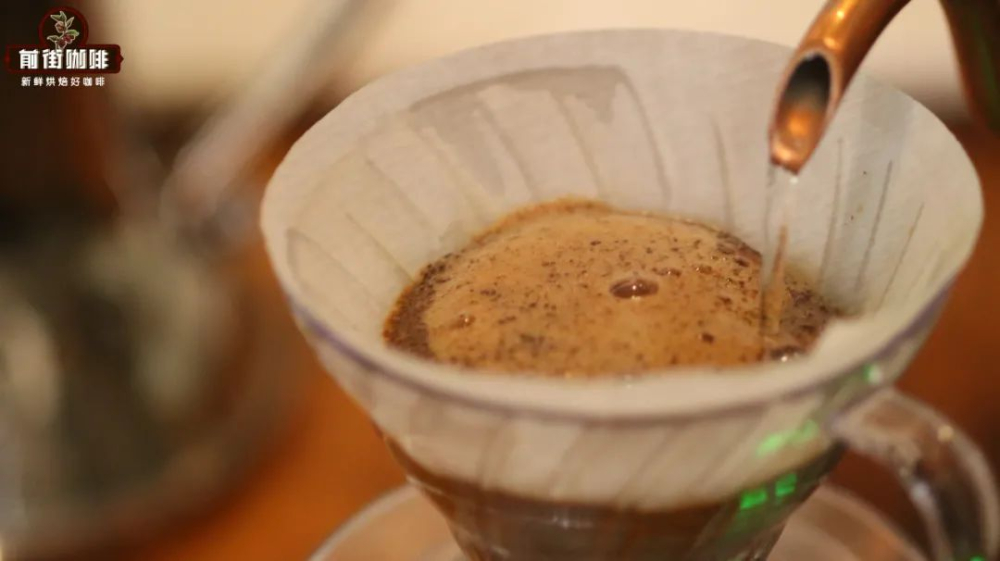
After 30 seconds, start to inject the second section of 95g water steadily with a larger water flow, the purpose is to raise the whole powder layer, the water column needs to be injected vertically and evenly, at this time, the time scale shows 125g, and the injection is completed in about 55 seconds.
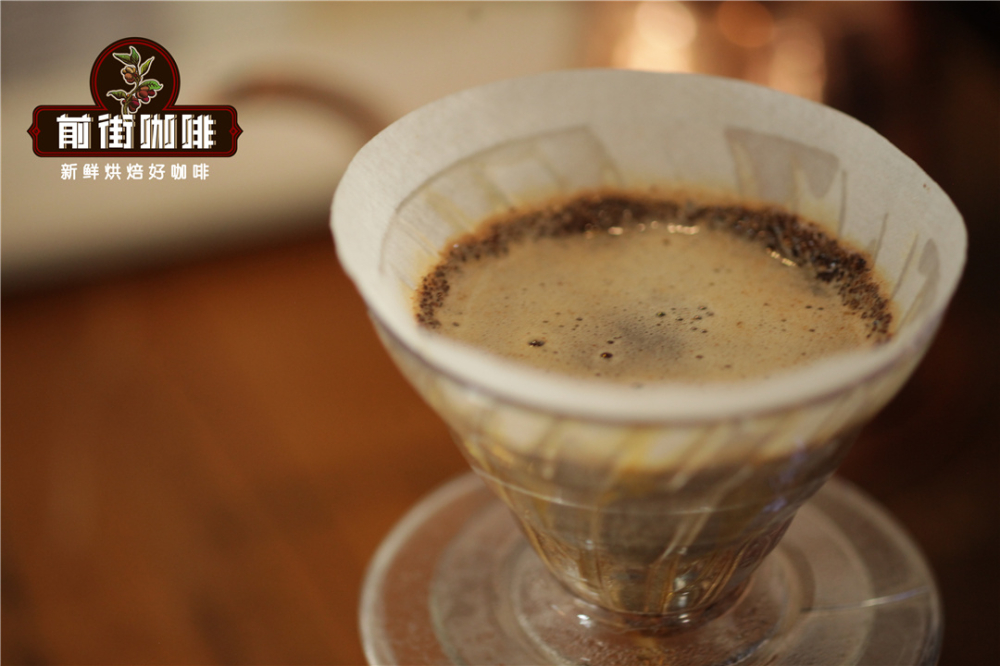
When the liquid level drops to half of the position, start to use small water flow around the small circle into the third section of 100 grams, try to control the water flow is not too large, easy to break up the coffee powder layer and cause insufficient extraction. The final water injection was 225 grams, and the drip completion time was about 2 minutes. After removing the filter cup, shake the coffee in the sharing pot evenly and start tasting.
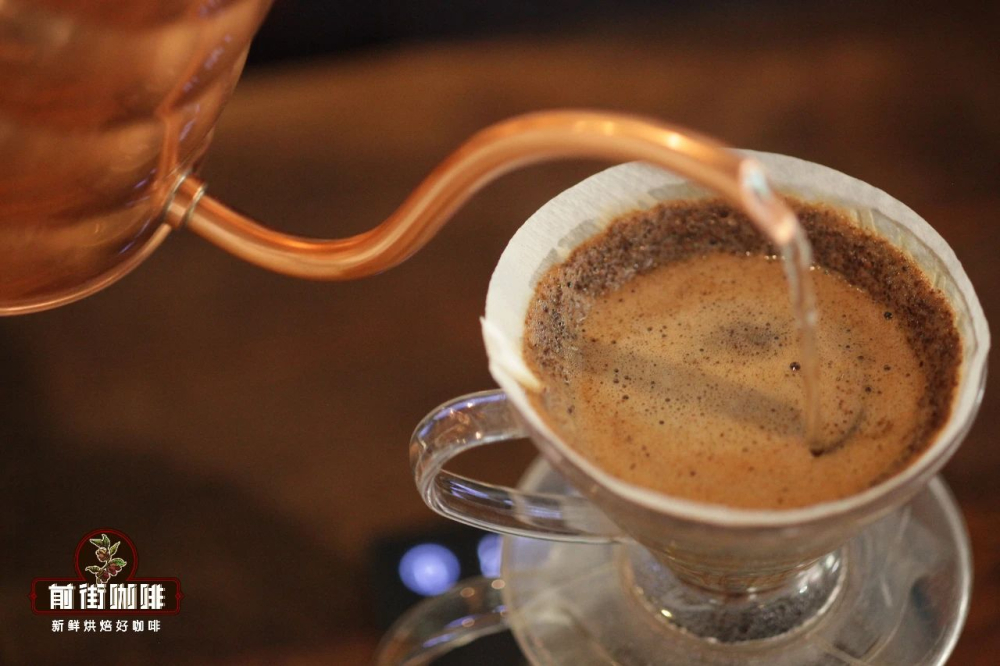
The amount of water injected into each section is not fixed. We can adjust it according to our accumulated experience of hand brewing and according to our understanding of coffee beans. Qianjie thinks that there are thousands of ways to rush out a cup of good coffee. As long as we learn more and practice, it is not difficult to easily grasp the parameters of hand flushing.
Professional coffee knowledge exchange More coffee bean information Please pay attention to coffee workshop (Weixin Official Accounts cafe_style)
More fine coffee beans, please add private WeChat Qianjie Coffee, WeChat: qjcoffeex
Important Notice :
前街咖啡 FrontStreet Coffee has moved to new addredd:
FrontStreet Coffee Address: 315,Donghua East Road,GuangZhou
Tel:020 38364473
- Prev

What's the difference between Rosa Coffee beans in Rosa Village in Ethiopia and Rosa Coffee beans in Jade Manor in Panama?
I believe everyone has heard of the rosy summer of the Emerald Manor in Panama. The rosy summer, which carried forward the rosy summer and monopolized the coffee competition, is now the leader of the boutique coffee industry, but the birthplace of the rosy summer is not Panama, but distant Ethiopia. The Rose Summer Village we are talking about today is the rose summer of Ethiopia. Let us understand.
- Next

What is the difference between Arabica coffee beans and Kaddura coffee beans? the origin of Kaddura coffee beans is introduced.
Today, let's help you understand the difference between Arabica coffee beans and Kaddura coffee beans. All the coffee varieties we refer to are biologically divided into three categories: Arabica, Robusta, and Liberika. Arabica coffee beans are our most common coffee beans at present. It was also the first to be discovered.
Related
- Beginners will see the "Coffee pull flower" guide!
- What is the difference between ice blog purified milk and ordinary milk coffee?
- Why is the Philippines the largest producer of crops in Liberia?
- For coffee extraction, should the fine powder be retained?
- How does extracted espresso fill pressed powder? How much strength does it take to press the powder?
- How to make jasmine cold extract coffee? Is the jasmine + latte good?
- Will this little toy really make the coffee taste better? How does Lily Drip affect coffee extraction?
- Will the action of slapping the filter cup also affect coffee extraction?
- What's the difference between powder-to-water ratio and powder-to-liquid ratio?
- What is the Ethiopian local species? What does it have to do with Heirloom native species?

